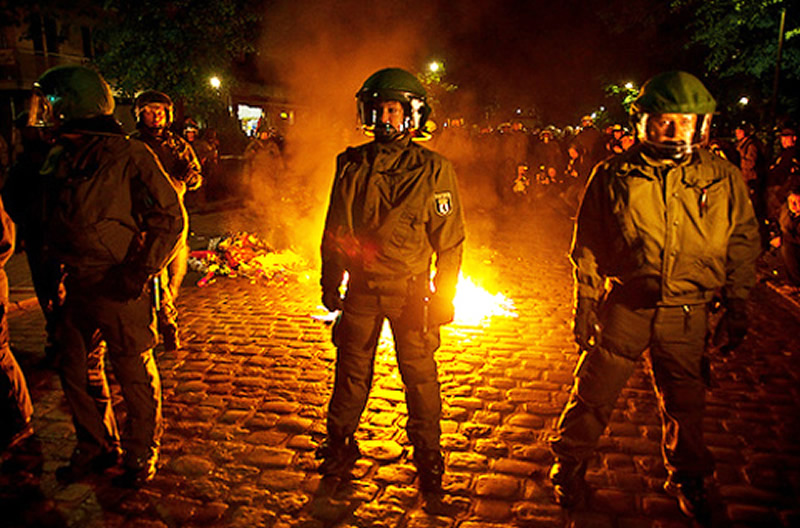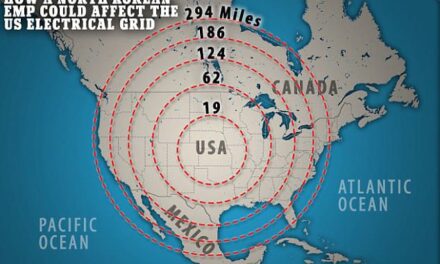In an emergency, every second counts. A bug out bag (BOB) ensures you’re ready to act fast when disaster strikes. This carefully curated pack contains essential items to help you survive for at least 72 hours. Whether it’s a natural disaster, civil unrest, or other unforeseen chaos, having a tactical bug out bag on hand could make all the difference.
The Basics of a Bug Out Bag
At its core, a bug out bag is a portable kit filled with survival essentials. It’s designed to be grabbed quickly, giving you the tools needed to escape and endure harsh conditions. Unlike regular backpacks, these are purpose-built. They prioritize functionality, durability, and practicality. Many people also refer to these as “Go Bags” because of their grab-and-go nature.
Your BOB should be lightweight yet comprehensive. It must contain food, water, first aid supplies, and tools. Everything inside should serve a purpose. A well-prepared bag could keep you alive when help is far away.
Types of Bug Out Bags
There’s no one-size-fits-all solution. The contents of your bug out bag depend on your environment and personal needs. For instance:
- Tactical Bug Out Bag: This is rugged and built for harsh conditions. Ideal for wilderness survival or long-term evacuations.
- Urban Bug Out Bag: Designed for city dwellers. It includes items tailored to navigating dense urban landscapes, such as dust masks and crowbars.
- Family Bug Out Bag: These are larger and accommodate the needs of multiple people, including children and pets.
Each bag should fit your unique situation. Customizing it increases your chances of survival.
What Should Be in a Bug Out Bag?
A solid Bugout Bag Checklist will help ensure you don’t forget anything crucial. Here’s a breakdown:
- Bug Out Bag Food: Non-perishable items like energy bars, dehydrated meals, and canned goods. Make sure these are lightweight and calorie-dense.
- Water and Purification: Include a water filter or purification tablets alongside bottled water. Staying hydrated is essential.
- Shelter and Warmth: Pack a tarp, space blanket, and extra clothing. Hypothermia can kill faster than hunger.
- Tools: A multitool, knife, flashlight, and fire-starting kit. These are versatile and can help with countless survival tasks.
- First Aid Kit: Stock it with bandages, antiseptics, and medications. Tailor it to any specific medical needs you or your family have.
- Personal Items: Think ID copies, cash, and any necessary prescription medications.
Maintaining Your Bug Out Bag
Having a BOB is great. But maintaining it is equally important. Check the contents regularly. Replace expired items like bug out bag food or water filters. Adjust it based on the seasons. A summer kit may need sunscreen, while winter requires hand warmers.
It’s also smart to periodically test your gear. Practice setting up your shelter or using your water filter. Familiarity with your tools saves time and reduces stress during emergencies.
Why Every Prepper Needs a Bug Out Bag
Emergencies rarely come with a warning. A well-stocked tactical bug out bag gives you an edge. It provides peace of mind, knowing you’re ready to protect yourself and your family.
Even if you live in a city, an urban bug out bag could prove vital. Think of it as insurance. You hope you never need it, but you’ll be glad it’s there if you do.
Ready When It Counts
Preparing a BOB isn’t just about survival. It’s about taking control of the unpredictable. A solid Bugout Bag Checklist, customized to your needs, could be the difference between safety and disaster.
So, take the time to build your bag. Make it reliable, durable, and efficient. Whether it’s a Go Bag for a quick escape or a more robust tactical bug out bag, readiness is the ultimate act of self-reliance. When the moment comes, you’ll be ready to move and survive.





